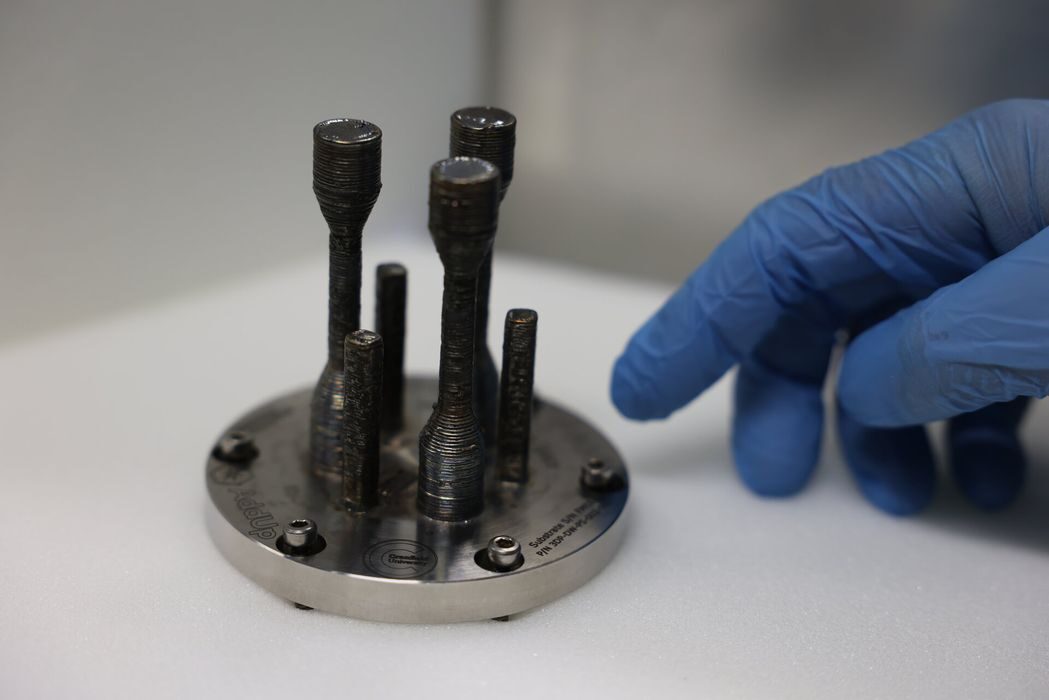
ESA announced that the first metal 3D print ever made in space is now back on Earth.
This is the culmination of an experiment started some years ago. ESA partnered with Airbus and AddUp to develop a space-based metal 3D printer.
AddUp has been making Earth-based metal 3D printers for many years, so their expertise was certainly required. However, operating a metal 3D printer in space poses a number of challenges.
Powder-based metal 3D printers would have a very hard time because the LBPF process depends on gravity, which is in short supply when in orbit. Other processes would have to be used for this to work at all.
But it was all figured out, and a prototype metal 3D printer was sent to orbit in early 2024. Since then, astronauts have been running experiments with the device, printing test samples.
Now the very first sample has arrived back on Earth for inspection and analysis. ESA explains:
“The printer, developed by Airbus and its partners, was installed in the Columbus module by ESA astronaut Andreas Mogensen during his Huginn mission in January 2024. In June, the facility succeeded in making its first print, a curvy line in the shape of an ’S’. In summer, the printer produced its first full sample, and then a second sample in December.”
The sample’s job is not yet finished. It’s been transferred to ESA’s ESTEC lab in the Netherlands for detailed analysis.
The analysis is quite important because the strength of metal parts is determined by the microstructure developed during the printing process. This crystallization is the subject of much concern on Earth-based metal 3D printers, and operators spend considerable effort tuning their systems to optimize the prints.
ESA scientists will examine the print in detail to identify any differences between the orbital part and similar parts made with the same equipment on the ground. It’s possible that the parts could have unexpected weaknesses — or strengths.
In the end, I’m thinking someone is going to make an “orbital print profile” for this machine. That’s something most of us don’t have to worry about.
Via ESA
